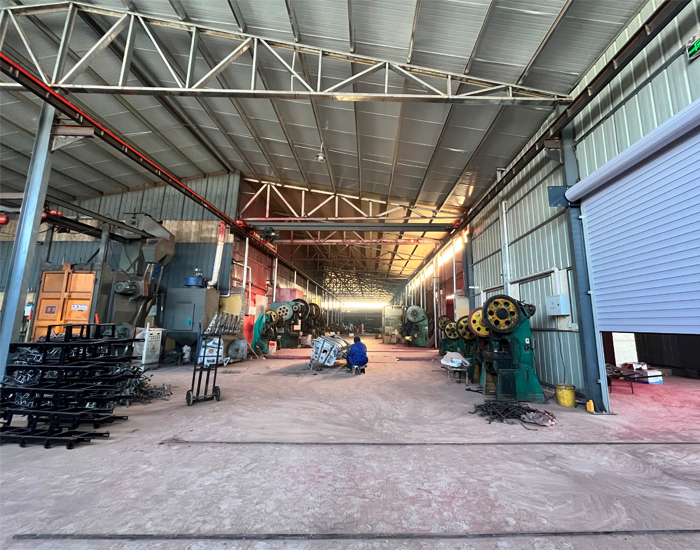mini combine harvester
The Mini Combine Harvester Revolutionizing Small-Scale Agriculture
In recent years, the agricultural sector has witnessed significant advancements in technology, leading to the emergence of innovative solutions tailored for small-scale farmers. Among these innovations, the mini combine harvester stands out as a game-changer, offering efficiency, versatility, and affordability to meet the needs of farmers operating on limited land.
What is a Mini Combine Harvester?
A mini combine harvester is a compact agricultural machine designed for harvesting crops like rice, wheat, barley, and pulses. Unlike traditional combine harvesters, which are large and suited for extensive fields, mini harvesters are specifically engineered to handle smaller plots of land. Their size allows them to operate in tight spaces and navigate through narrow rows, making them ideal for smallholder farms where land availability is limited.
Advantages of Mini Combine Harvesters
1. Efficiency and Time-Saving One of the most significant advantages of mini combine harvesters is their ability to complete harvesting tasks quickly and efficiently. They combine several processes—reaping, threshing, and winnowing—into a single pass, reducing the time and labor required for manual harvesting. This efficiency is particularly beneficial during the harvest season, where time is of the essence to avoid crop losses due to adverse weather conditions.
2. Cost-Effective For small-scale farmers, the cost of machinery can be a significant barrier. Mini combine harvesters are generally more affordable than their larger counterparts, making them accessible for smallholder farmers. Additionally, their multifunctionality means that farmers do not need to invest in separate machines for different harvesting processes, further reducing costs.
mini combine harvester

3. Ease of Use Modern mini combine harvesters are designed with user-friendly interfaces and are often lightweight, making them easy to operate. Many models can be driven by a single person, which is crucial in regions where labor shortages may be prevalent. The simplicity of these machines helps ensure that even those with limited technical knowledge can effectively utilize them.
4. Improved Crop Quality Harvesting crops at the right time is essential for maintaining quality. Mini harvesters help ensure timely harvesting, reducing the risk of over-ripening or damage from weather events. Furthermore, the precision they offer in threshing ensures that grain is not damaged, preserving its quality for market sale.
5. Environmental Impact Mini combine harvesters can also have a positive environmental impact. By maximizing efficiency, they reduce fuel consumption compared to larger machines, contributing less to emissions. Additionally, their smaller size allows them to operate in sensitive environments without causing significant soil compaction or land disruption.
Challenges and Considerations
While mini combine harvesters offer numerous benefits, there are challenges that need to be addressed. Availability of spare parts and maintenance services can be limited in rural areas, potentially deterring farmers from investing in this technology. Moreover, farmers must be trained adequately to operate and maintain these machines effectively to maximize their advantages.
Conclusion
The mini combine harvester is a pivotal innovation in the realm of small-scale agriculture. By enhancing efficiency, reducing costs, and improving crop quality, these machines are empowering smallholder farmers around the world. As the agricultural landscape continues to evolve, embracing technology such as the mini combine harvester can lead to more sustainable practices and improved livelihoods for millions of farmers, ensuring food security and economic development in rural communities. As we look to the future, continued investment in these technologies will be essential for further advancements in agriculture and the empowerment of small-scale farmers.
Latest news
-
When to Upgrade Your Old Forage HarvesterNewsJun.05,2025
-
One Forage Harvester for All Your NeedsNewsJun.05,2025
-
Mastering the Grass Reaper MachineNewsJun.05,2025
-
How Small Farms Make Full Use of Wheat ReaperNewsJun.05,2025
-
Harvesting Wheat the Easy Way: Use a Mini Tractor ReaperNewsJun.05,2025
-
Growing Demand for the Mini Tractor Reaper in AsiaNewsJun.05,2025
